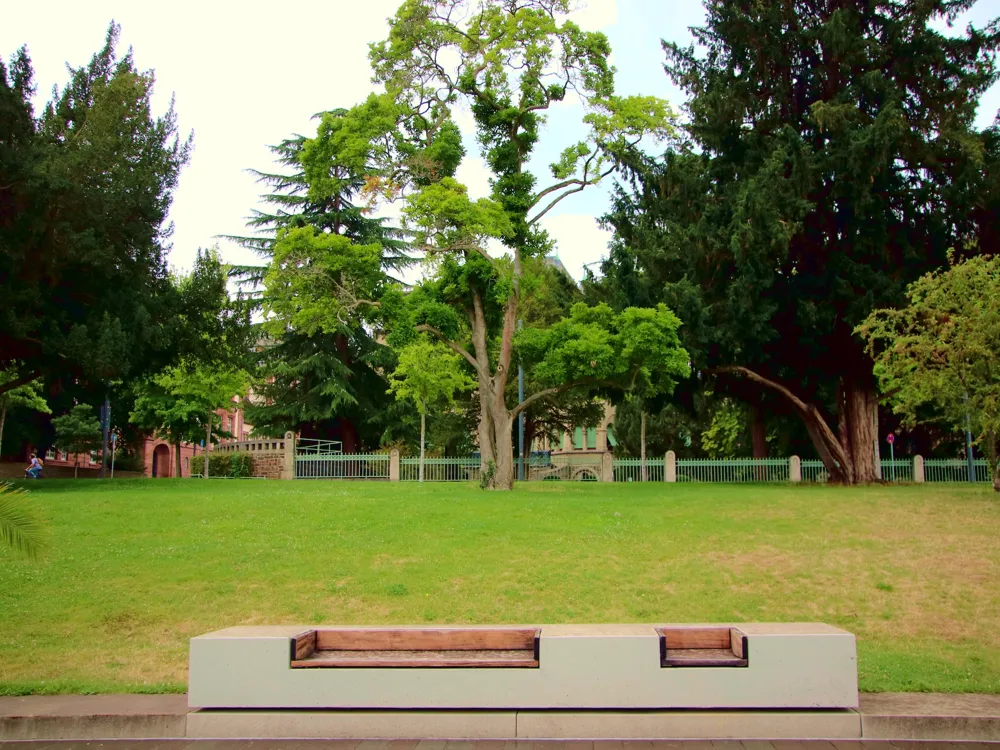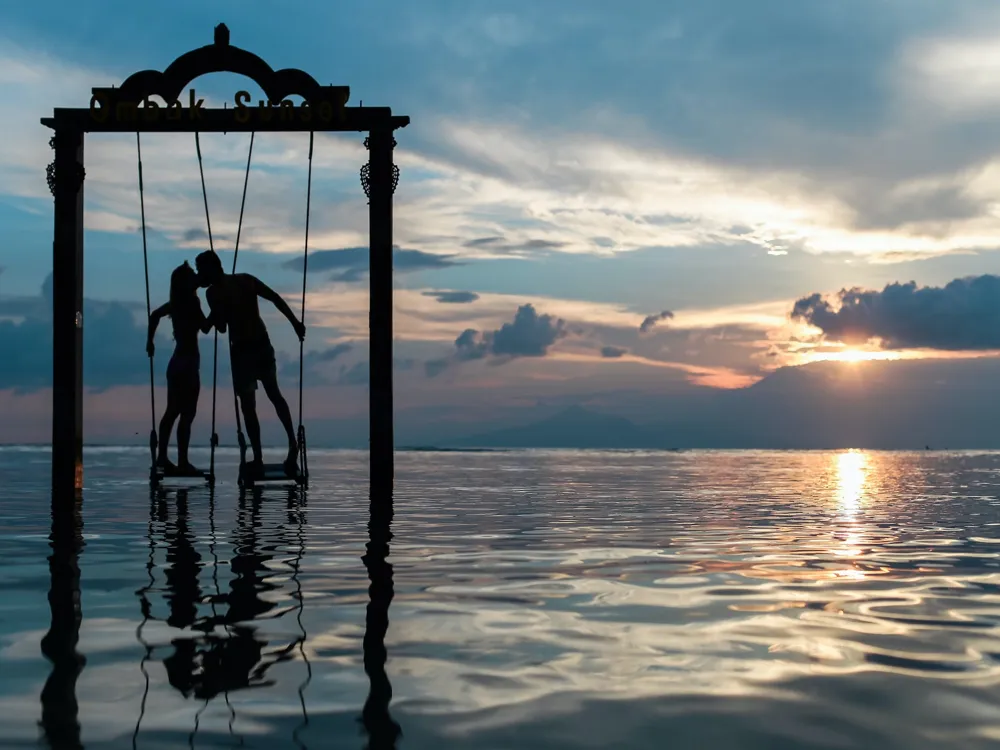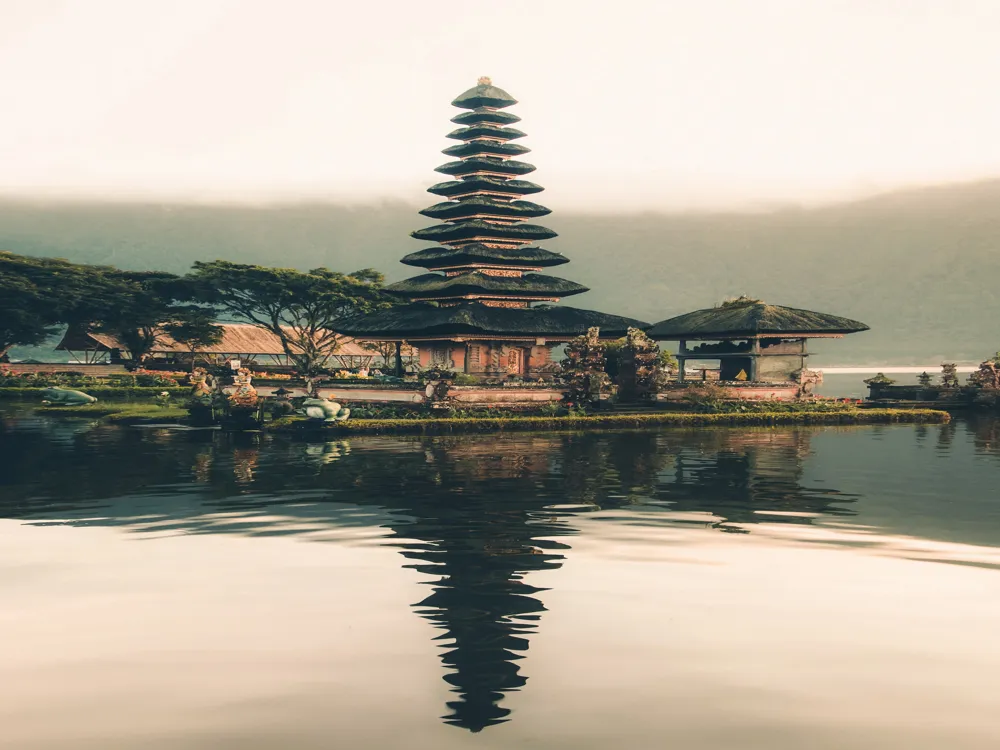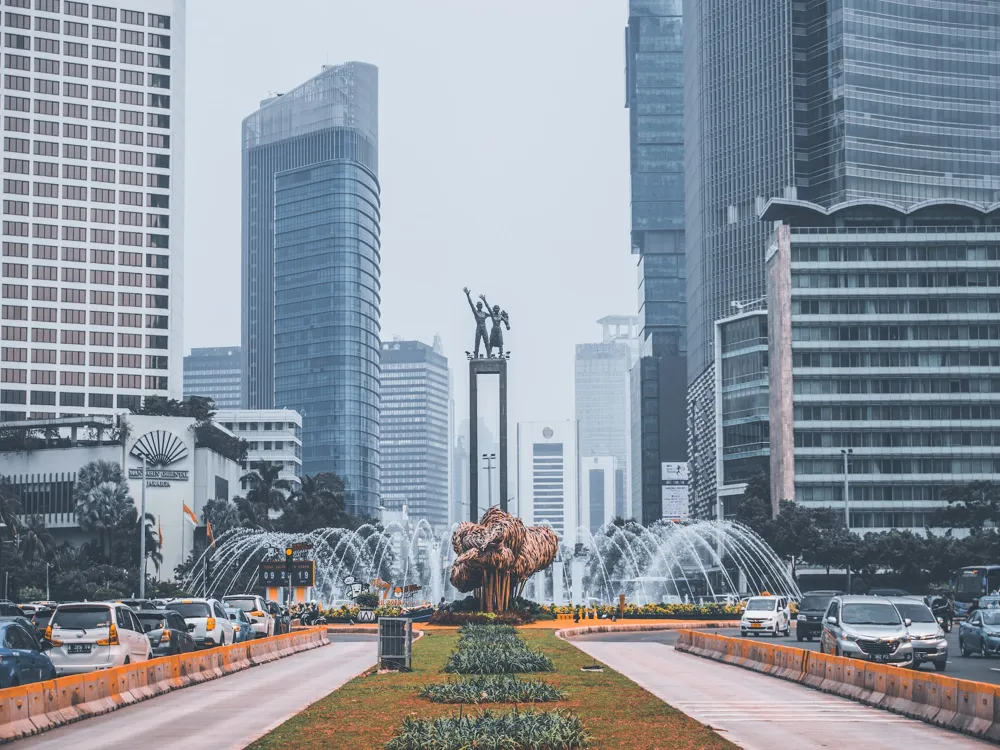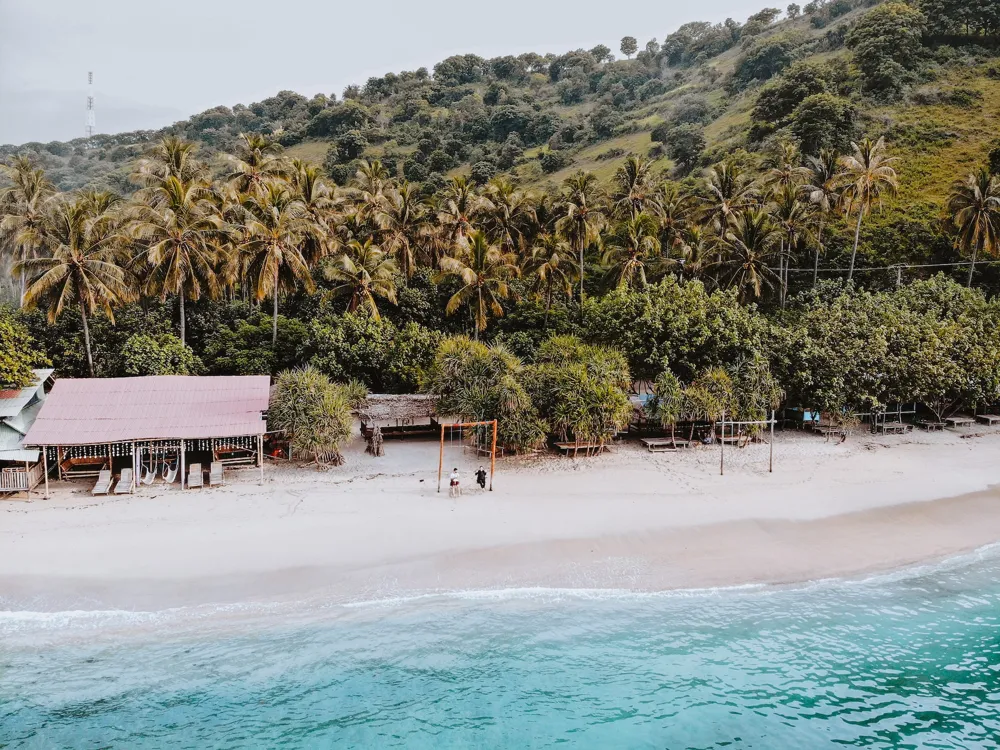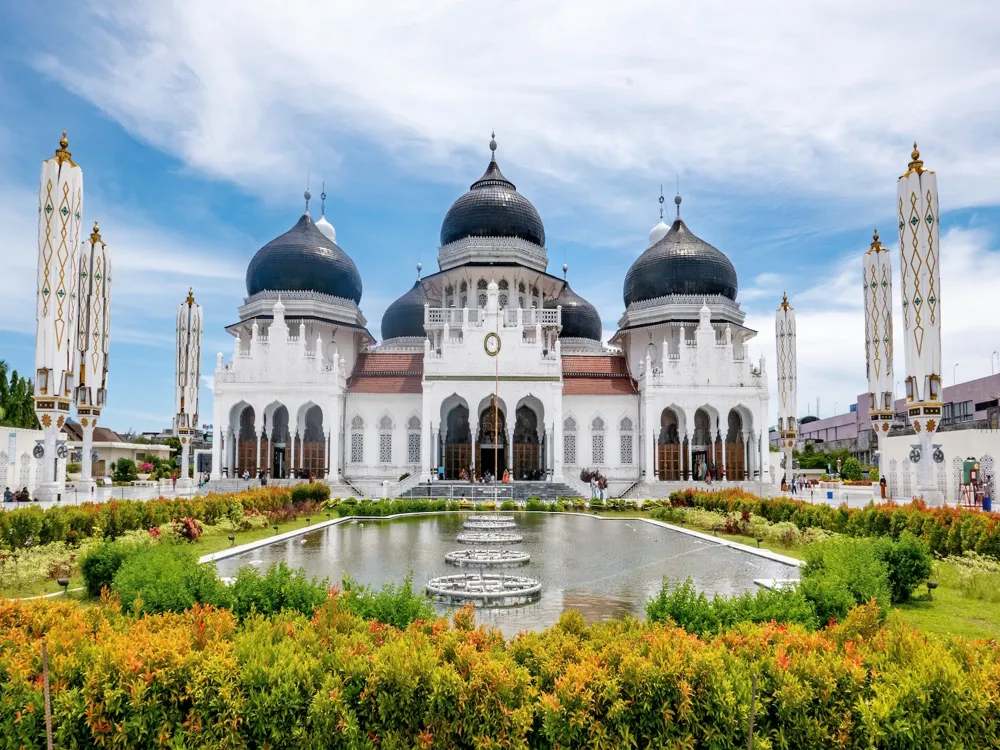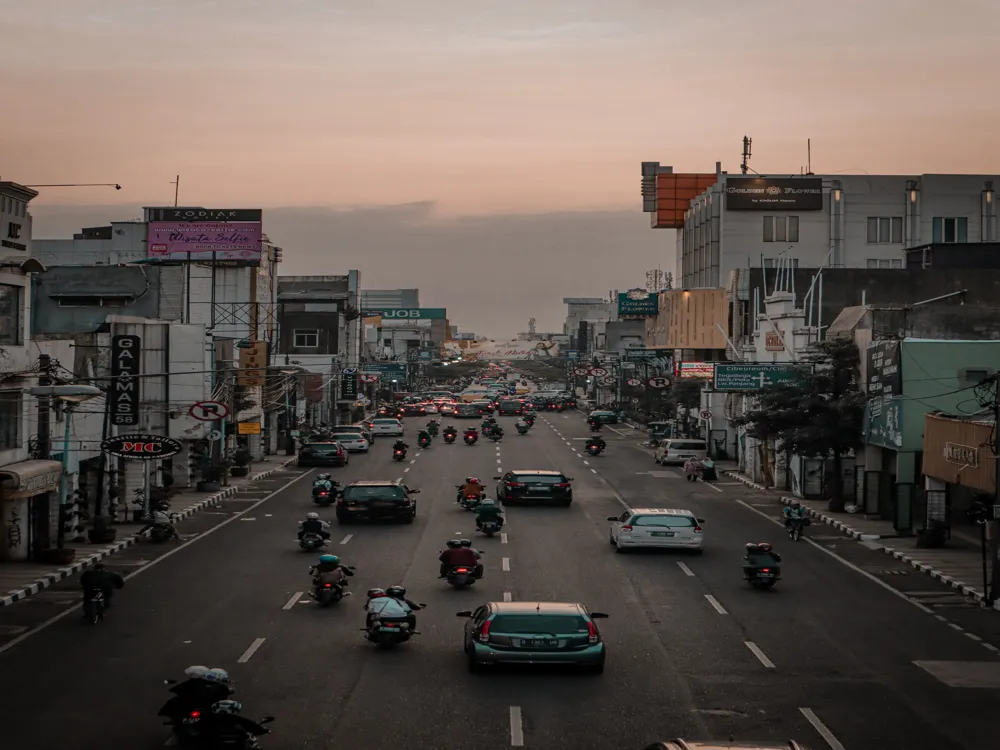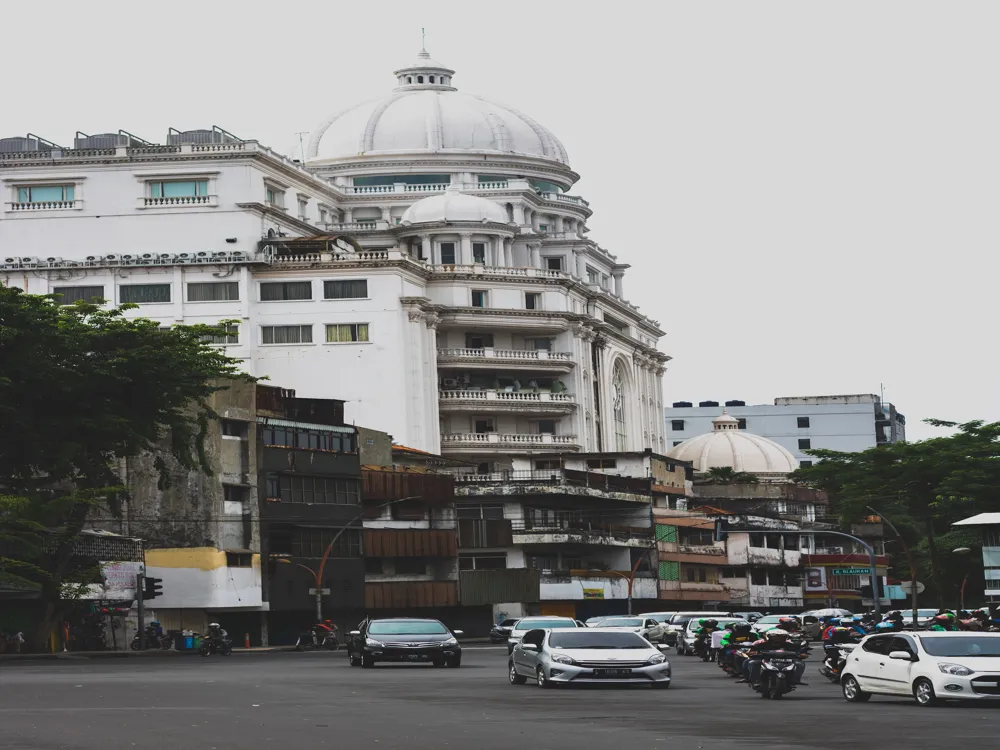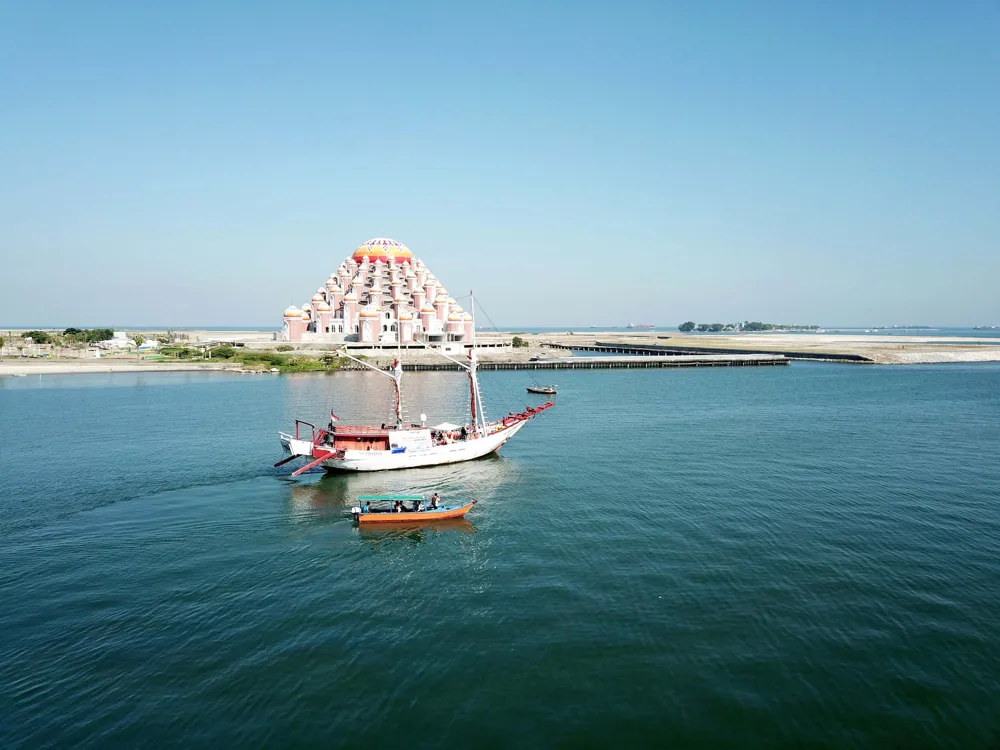The Minahasa Highlands, nestled in the heart of Manado, Indonesia, present a breathtaking mosaic of culture, nature, and history. This enchanting region, known for its scenic beauty and rich heritage, stands as a testament to Indonesia's diverse landscape. The highlands stretch across North Sulawesi, offering a dramatic backdrop of rolling hills, lush forests, and volcanic mountains. This landscape not only shapes the physical beauty of the area but also plays a crucial role in the cultural and social fabric of the Minahasa people. Historically, the Minahasa Highlands have been a melting pot of ethnicities and cultures. The indigenous Minahasa tribe, known for their warm hospitality and vibrant traditions, has lived in these highlands for centuries. Their influence is evident in the region's unique customs, languages, and festivals. The colonial past, marked by Dutch and Portuguese influences, further adds layers to the region's rich history, visible in its architecture, cuisine, and local practices. The natural beauty of the Highlands is unparalleled. The area is dotted with stunning attractions like Tondano Lake, Linow Lake, and the Lokon-Empung volcano. The biodiversity here is remarkable, with a wide array of flora and fauna, some of which are endemic to the region. The highlands are also a gateway to some of Indonesia's most pristine and untouched natural reserves, making it a paradise for nature enthusiasts and adventure seekers. What truly sets the Minahasa Highlands apart is its vibrant cultural tapestry. The region is famed for its traditional music, dance, and handicrafts. The Minahasa people celebrate numerous festivals throughout the year, each a colorful display of their rich heritage. The cuisine in the Highlands is another aspect that draws visitors. Known for its bold flavors and unique dishes, it offers a culinary journey through the tastes and traditions of the Minahasa tribe. In summary, the Minahasa Highlands in Manado is a destination that offers an immersive experience into the heart of Indonesia's diverse cultural and natural landscape. Its unique blend of scenic beauty, rich history, and vibrant culture makes it a must-visit for anyone looking to explore the depths of Indonesia's heritage. The architecture of the Minahasa Highlands is a fascinating reflection of the region's history, culture, and geographical influences. One of the most iconic features of Minahasa architecture is the traditional house known as the 'Wale.' These houses are remarkable for their elevated structures, built on stilts, a design that offers protection against floods and wild animals. The wale is a symbol of Minahasa's architectural ingenuity, showcasing the perfect blend of functionality and aesthetics. The influence of colonial periods, particularly Dutch and Portuguese, is evident in the architecture of the highlands. This blend of local and European styles has resulted in a unique architectural language that speaks of the region's complex past. Colonial-era buildings, with their European designs, coexist harmoniously with traditional Minahasa structures, creating a rich architectural tapestry that is both diverse and cohesive. The use of local materials in Minahasa architecture is another distinct feature. Wood, bamboo, and rattan, sourced from the abundant forests of the highlands, are commonly used. This not only makes the architecture sustainable and eco-friendly but also gives it a distinct, rustic charm. The intricate carvings and decorations that adorn these buildings reflect the Minahasa's deep respect for nature and their artistic heritage. Churches in the Minahasa Highlands are notable landmarks, reflecting the strong Christian influence in the region. These churches, often built during the colonial era, showcase a fascinating blend of Minahasa and European architectural styles. The intricate woodwork, steep roofs, and towering spires of these churches are not just places of worship but also symbols of the region's rich cultural and architectural heritage. In conclusion, the architecture of the Minahasa Highlands is a vivid narrative of the region's history, culture, and natural environment. It represents a harmonious fusion of traditional and colonial influences, showcasing the resilience and creativity of the Minahasa people. This architectural heritage is an integral part of the Highlands' identity, making it an essential aspect of the region's allure. Research the best time to visit, keeping in mind the region's weather patterns and local festivals. The dry season, typically from May to September, is ideal for outdoor activities. Choose from a range of accommodations, from traditional Minahasa houses to modern hotels. Staying in a Wale offers a unique cultural experience. Don’t miss out on trying local delicacies like Tinutuan (Manado porridge) and Woku Belanga (spicy fish stew). Be adventurous with your food choices to experience the authentic flavors of the highlands. Respect local customs and traditions. Dress modestly, especially when visiting religious sites, and always ask permission before taking photos of local people. Take guided tours for trekking, bird watching, or exploring the volcanic landscapes. Local guides are knowledgeable about safe routes and the region's biodiversity. Knowing a few phrases in Bahasa Indonesia can enhance your interaction with locals and show respect for their culture. The Minahasa Highlands are accessible via several modes of transportation. The nearest airport is Sam Ratulangi International Airport in Manado, which is well-connected to major cities in Indonesia and some international destinations. From the airport, you can hire a taxi or rent a car to reach the highlands, which is about a 2-hour drive. Alternatively, local buses and shared minivans (known as 'mikrolets') are available for those seeking a more authentic travel experience. It's advisable to check the latest travel information and road conditions before embarking on your journey to the Highlands. Read moreOverview of Minahasa Highlands in Manado
Architecture of Minahasa Highlands
Tips When Visiting Minahasa Highlands
Plan Your Visit
Accommodation Choices
Local Cuisine
Cultural Etiquette
Exploring Nature
Learn Basic Bahasa Indonesia
How To Reach Minahasa Highlands
Manado Tourism
Best Time to Visit Manado
How to Reach Manado
Things To Do Manado
Minahasa Highlands
Manado
NaN onwards
View manado Packages
Weather :
Tags : Volcano
Time Required : 1-2 Days
Planning a Trip? Ask Your Question
Manado Travel Packages
View All Packages For Manado
Top Hotel Collections for Manado

Private Pool

Luxury Hotels

5-Star Hotels

Pet Friendly
Top Hotels Near Manado
Other Top Ranking Places In Manado
View All Places To Visit In manado
View manado Packages
Weather :
Tags : Volcano
Time Required : 1-2 Days
Planning a Trip? Ask Your Question
Manado Travel Packages
View All Packages For Manado
Top Hotel Collections for Manado

Private Pool

Luxury Hotels

5-Star Hotels

Pet Friendly








